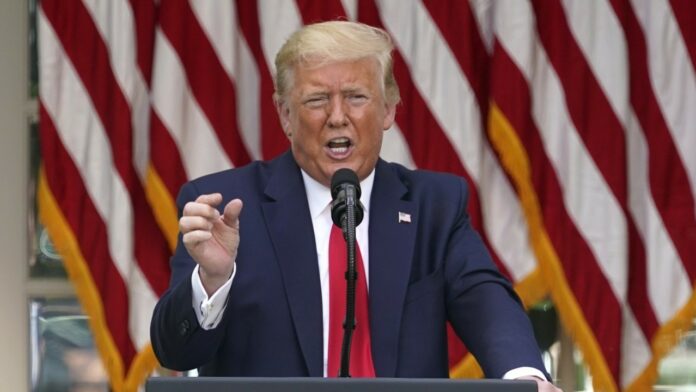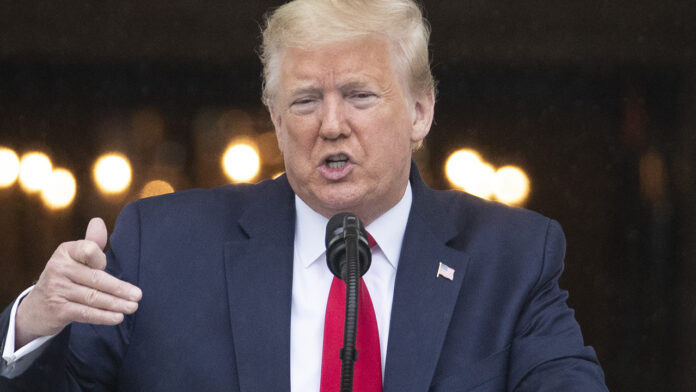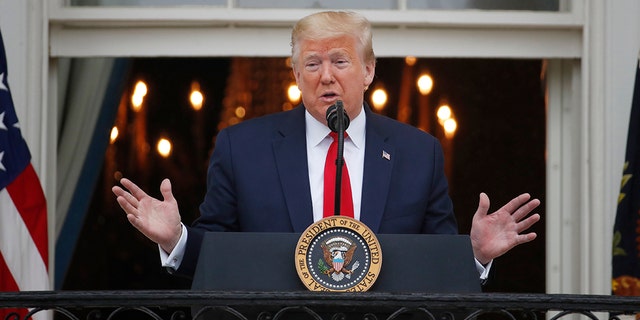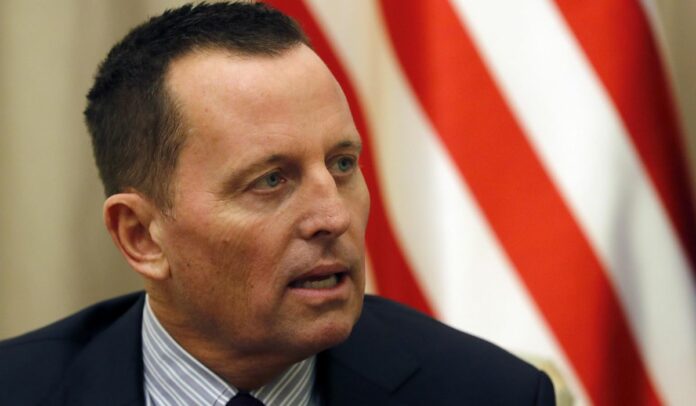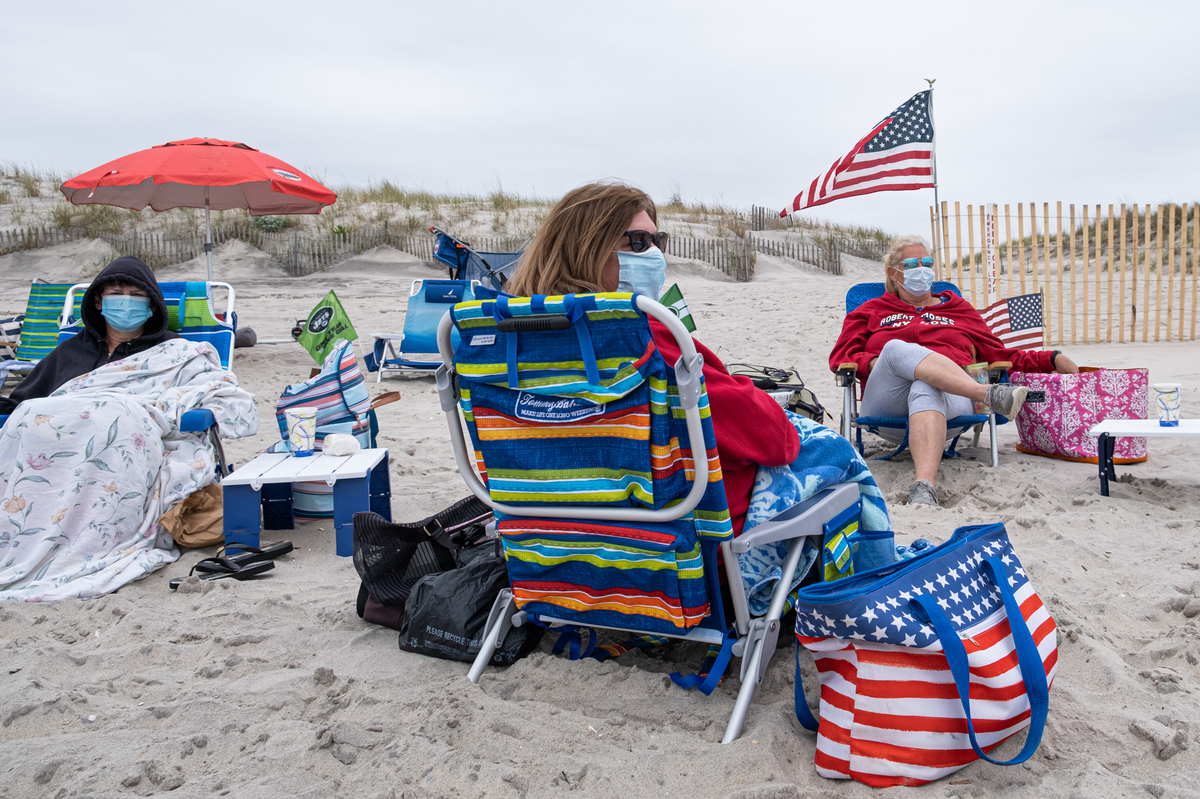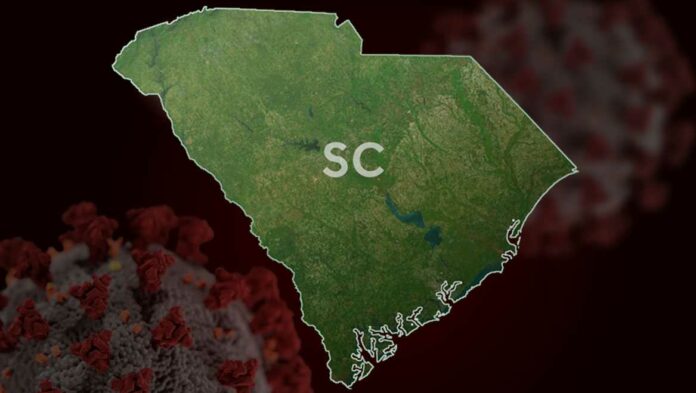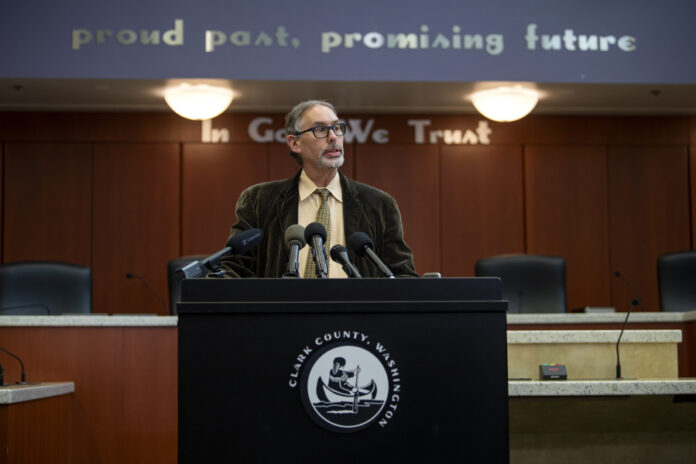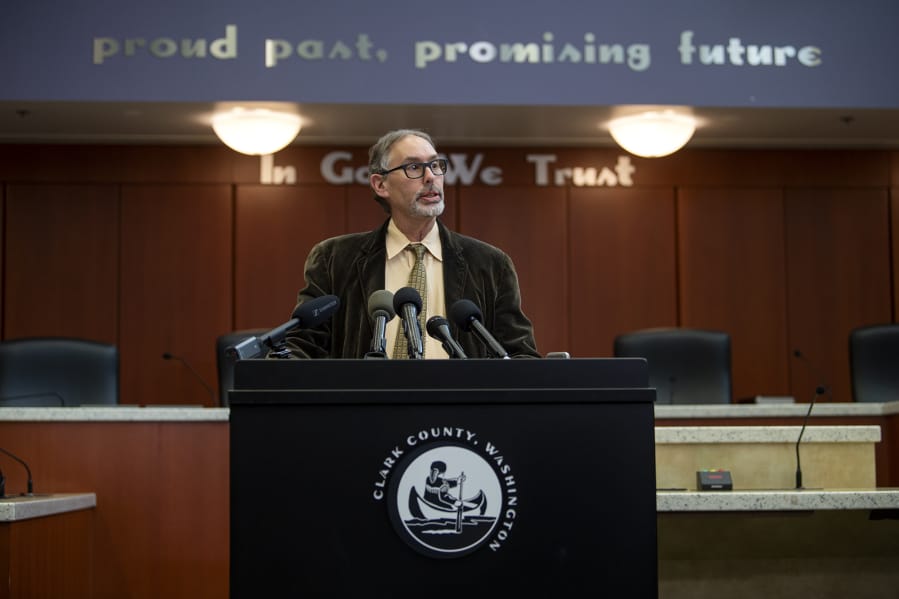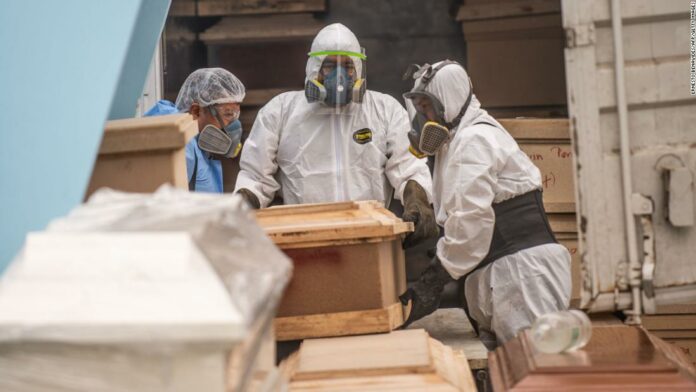Cuts of hundreds of staff members at the White House and at the Office of the Director of National Intelligence have curbed leaks and stifled anti-Trump activists within both agencies, according to senior administration officials.
Acting DNI Richard Grenell, who stepped down Tuesday, streamlined ODNI in his four months in office by reducing staff and contractor positions by as much as 400.
Mr. Grenell said other positive reforms during his brief stint included declassifying congressional testimony showing no collusion between Trump officials and Russia in 2016, and imposing rules to protect the identities of U.S. officials inadvertently captured in overseas intelligence intercepts.
The changes were aimed at shifting the focus of ODNI away from being a separate intelligence agency and toward its original mission as a coordinating body for 17 U.S. spy services.
“My philosophy going in to ODNI was that it was designed to be a coordinating body of the intelligence agencies, not a competing agency,” Mr. Grenell, who is also leaving his concurrent post as ambassador to Germany, told The Washington Times in an interview.
“Ever since my first intelligence briefing in 2001, I’ve realized, as a consumer of intelligence, that in order for [intelligence] to be useful, it must be utilized by policymakers,” he said.
Mr. Grenell commented on his eventful four-month tenure as the top intelligence adviser to the president.
The new director of national intelligence, Rep. John Ratcliffe, Texas Republican, was confirmed by the Senate last week and was sworn in at the White House on Tuesday. Mr. Grenell is now in line to be named by Mr. Trump as chairman of the President’s Intelligence Advisory Board.
In response to questions about cracking down on unauthorized disclosures from within, Mr. Grenell revealed that his team had uncovered a leaker inside the office “clearly misusing classified information, and we referred the individual to the FBI.”
No other details were provided, but the leak was said to be damaging. The FBI is in the early stages of conducting an investigation into the ODNI official.
A senior Trump administration official said ODNI and the National Security Council staff until recently were two repositories of resistance to Mr. Trump and his agenda by people who “felt they had a duty to undermine the elected president of the United States.”
In making the management reforms, Mr. Grenell relied on four classified intelligence studies conducted in recent years that called for streamlining the function of ODNI and making the office more of a coordinating body.
Initially staffed by some 400 people, the ODNI had swelled to nearly 2,000 by the end of the Obama administration and morphed into an additional intelligence agency that often sought to compete with others.
One of the main functions of the ODNI is to brief the president every day on the latest U.S. intelligence. That access gives the office enormous influence over intelligence policy, analysis and reporting.
Two senior Trump administration officials said over the years that ODNI became another layer of bureaucracy on top of an already cumbersome intelligence system.
Mr. Grenell cut the ODNI staff by eliminating positions and imposing a hiring freeze. Some 200 intelligence contractor jobs that were not needed were canceled, and 100 ODNI positions that had been vacant for 18 months were erased.
An entire ODNI directorate on national security partnerships was cut, and a military intelligence adviser position was created.
Releasing the transcripts
Mr. Grenell said he also discovered that 53 transcripts from Congress’ investigation of Russian election meddling were being kept secret for unexplained reasons. The declassified transcripts showed testimony from officials saying they had seen no evidence of collusion between the Trump campaign and Russia in the 2016 presidential race.
One senior official said Mr. Grenell brought in professional intelligence officials to declassify the documents. Previously, officials who assumed “quasi-political roles” made declassification decisions, said the official. As a result of Mr. Grenell’s move, the official said, ODNI is now operating in a “much more transparent, nonpolitical fashion.”
The acting DNI also imposed intelligence regulations that required stricter privacy protections for American officials captured in electronic intercepts.
Democrats on Capitol Hill have criticized Mr. Grenell for replacing the director of the DNI’s National Counterterrorism Center, Russ Travers, a career official, who officials said was opposed to making reforms.
Mr. Grenell chose another career intelligence veteran, Lora Shiao, the first female director of the center, to replace Mr. Travers, a fact overlooked by critics. Ms. Shiao is initiating institutional reforms at the counterterrorism agency.
At the White House, National Security Adviser Robert O’Brien praised Mr. Grenell for following a path similar to the one used in paring the National Security Council staff and improving the council’s overall effectiveness.
Mr. O’Brien said that since he took over the NSC in September after the departure of former State Department official John R. Bolton, he moved to clean out “bureaucratic bloat” within the NSC staff.
Under Mr. Obama, the NSC staff mushroomed to 240 officials. Many were held over from that administration and actively worked against Mr. Trump’s policies by pursuing their own agendas, the senior administration official said.
The current staff is around 115, about the size of the NSC staff under Condoleezza Rice, George W. Bush’s first national security adviser.
“I expect that by the end of the summer we’re going to be at 105 policy professionals,” Mr. O’Brien said.
Beginning in 2017, the holdovers within the NSC staff became a center of subversive policy resistance to Mr. Trump, a senior national security official said.
The White House NSC staff included a CIA detailee who set off the House impeachment inquiry of Mr. Trump by filing a whistleblower complaint based on secondhand information regarding Mr. Trump’s telephone call to Ukraine’s leader. Other holdovers at the NSC from the Obama administration who played prominent roles in the impeachment drama included Army Lt. Col. Alexander Vindman and his brother Yevgeny Vindman, who have since been reassigned.
Another two holdover NSC staffers who worked in the Trump administration until 2017 and 2018 were subsequently hired by Rep. Adam B. Schiff, California Democrat and chairman of the House Permanent Select Committee on Intelligence, as part of the failed impeachment case presented to the Senate.
“We believe we’ve really done a great job on streamlining, on running process, on being the honest broker, and on making sure the president’s decisions are implemented,” Mr. O’Brien said. “Grenell has taken the same model with him to ODNI because ODNI in some ways is very similar to the NSC.
“It is a coordinating body. ODNI shouldn’t be operational. Just like the NSC shouldn’t be operational. We’re doing something wrong if we have folks in the NSC out running a mini-State Department or out doing missions or that sort of thing.”
Building ‘fiefdoms’
The senior official said some within the intelligence community and especially at ODNI “were building fiefdoms.”
“There were also just a lot of people there who had been there from the prior administration and had very different views from what the president had,” the official said.
Mr. O’Brien praised Mr. Grenell’s tenure as acting DNI.
“People have accused Grenell of politicizing the place,” Mr. O’Brien said. “I think it is just the opposite. He has depoliticized it. Ric just wants the facts and impartial analysis delivered to policymakers.”
Mr. O’Brien said NSC reforms streamlined the interagency policymaking process and resulted in several key successes.
They include the drone strike killings of ISIS leader Abu Bakr al-Baghdadi and Iranian Quds Force leader Qassem Soleimani; sanctions on China’s Huawei Technologies company; and alerting Mr. Trump to the coronavirus outbreak before official U.S. intelligence warnings.
Internal debate leading up to those actions was often contentious, and many of the president’s decisions were not unanimous. Some senior officials opposed placing coronavirus-related travel restrictions on China in January over worries that the ban would negatively impact trade and financial activities.
A former Los Angeles lawyer, Mr. O’Brien worked to make the NSC system perform better by hashing out contentious policy issues within two NSC committees.
The Principals Committee and the Deputies Committee are made up of agency and department heads or their second-in-commands.
Until recently, many of those meetings were ineffective because Cabinet officials often sent lower-ranking deputies not authorized to make decisions on behalf of their agencies. The lack of authority often slowed the process of producing policy options for the president.
“Putting aside who was here, having that number of policy professionals was just ineffective for management of the NSC,” Mr. O’Brien said of the NSC staff numbers.
In the past eight months, the NSC has held about 90 deputies and principals committee meetings.
One decision worked out in NSC meetings was the recent action aimed at preventing the Federal Retirement Thrift Investment Board from allowing investments of some $5 billion from the Thrift Savings Plan, a retirement program for federal workers, from benefiting Chinese military companies.
The panel also was involved in restrictions on Huawei Technologies that closed a loophole in export controls that allowed the Chinese-government-linked telecommunications company Huawei from using U.S.-made microchips and in facilitating the decisions to take out al-Baghdadi and Soleimani.
“Because we were efficient and lean and could move quickly, we were able to jump into the breach to support President Trump on a number of these key issues, whether it was Baghdadi, NATO funding, or initial COVID response, and the president’s China travel ban,” Mr. O’Brien said.
Sign up for Daily Newsletters



